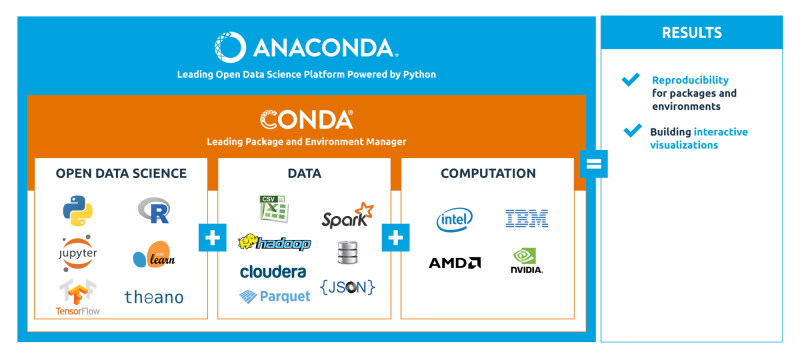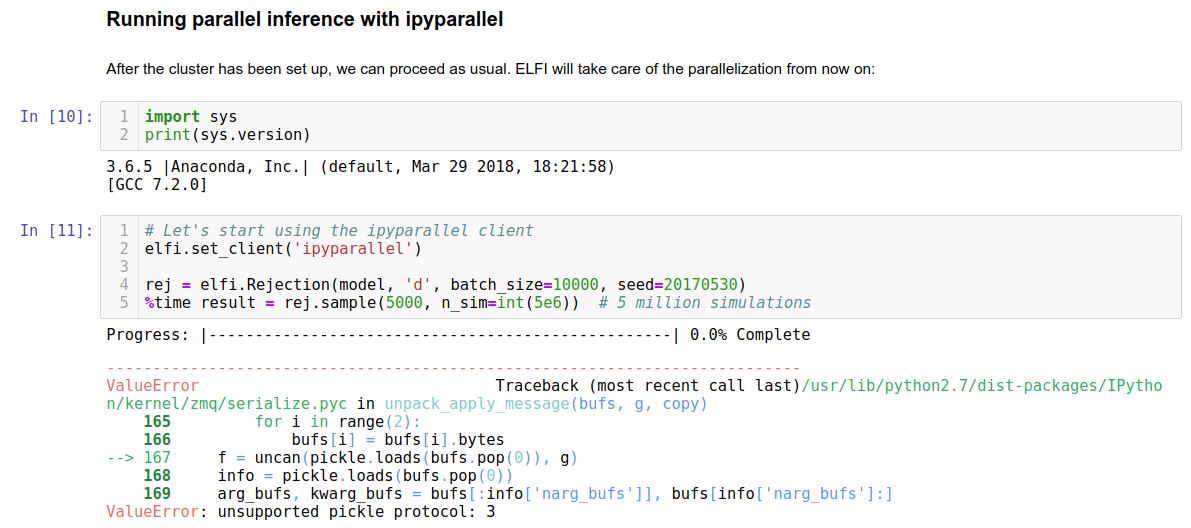

- HOW TO KNOW CONDA PYTHON VERSION HOW TO
- HOW TO KNOW CONDA PYTHON VERSION CODE
- HOW TO KNOW CONDA PYTHON VERSION PROFESSIONAL
If you would like a visual walk-through, check out the video below.I have over two decades of professional experience as a developer, I know a wide variety of frameworks and programming languages, and one of my favorites is Python.
HOW TO KNOW CONDA PYTHON VERSION HOW TO
Now you know how to check your numpy version and installation status in a number of ways. The result will show the version of numpy and associated packages. Make sure you are using the Anaconda prompt, as the conda command only works in an Anaconda environment, and type conda list numpy. Once again, you may have noticed this command also gave information about the numpy version. We also used conda list above to check the numpy installation. The result will show the package version and other information about the package. Type python -m pip show and press ‘Enter’. You may have noticed, that the result also showed the package version. > import numpyĪbove we used pip show to determine if numpy was installed. You can check your numpy version by opening an interactive Python session, importing numpy and use numpy._version_ to check the version, as shown below. Note that two of them are the same as shown above. I will show you three ways to check your numpy version. Once you’ve determined that numpy is installed you can check your numpy version. (base) C:\Users\Konrad> Check Your `numpy version If numpy is not installed you will see an empty result, like this. # packages in environment at C:\Users\Konrad\anaconda3: If numpy is installed you will get a message like this. They type the following and press ‘Enter’. If you are using an Anaconda Python distribution you can check for a numpy installation using the conda command. If you have both Python2 and Python3 installed you will need to replace python with python3 when referencing the Python3 installation. If numpy is not installed you will see a message like this. Required-by: tifffile, tables, statsmodels, seaborn, scipy, scikit-learn, scikit-image, PyWavelets, pyerfa, patsy, pandas, numexpr, numba, mkl-random, mkl-fft, matplotlib, imageio, imagecodecs, h5py, Bottleneck, bokeh, bkcharts, astropy Location: c:\users\konrad\anaconda3\lib\site-packages

Summary: NumPy is the fundamental package for array computing with Python. If numpy is installed you will see a message like this: Name: numpy Then type the following command in the command prompt and press ‘Enter’. To do so, make sure your are not in an interactive Python session. You can also check your numpy installation with pip, a Python package manager/installer. To exit the interactive Python session simply type quit() and press enter. ModuleNotFoundError: No module named 'numpy' If you get an error message like the one below it means that numpy is not installed or that it was improperly installed. If there is no error message then it means numpy is installed. To check if numpy is installed just try to import it with the following line of code.
HOW TO KNOW CONDA PYTHON VERSION CODE
The > indicates that the code you type will be executed by the Python interpreter. Type "help", "copyright", "credits" or "license" for more information. You should now see something that shows information about the Python distribution you are using, followed by three greater-than signs. You do this by opening up a command prompt/terminal, typing python, and pressing ‘Enter’. The first way to check if numpy is installed is to start an interactive Python session. Note, that some of these methods also tell you the numpy version. Here are three ways to check if numpy, or any other Python package, is installed. This article will show you multiple ways to determine your numpy version and installation status. In many instances, it is necessary to determine if numpy is installed and which numpy version is installed.

The numpy Python module is widely used for many different analyses and as a dependency for many other Python packages.


 0 kommentar(er)
0 kommentar(er)
